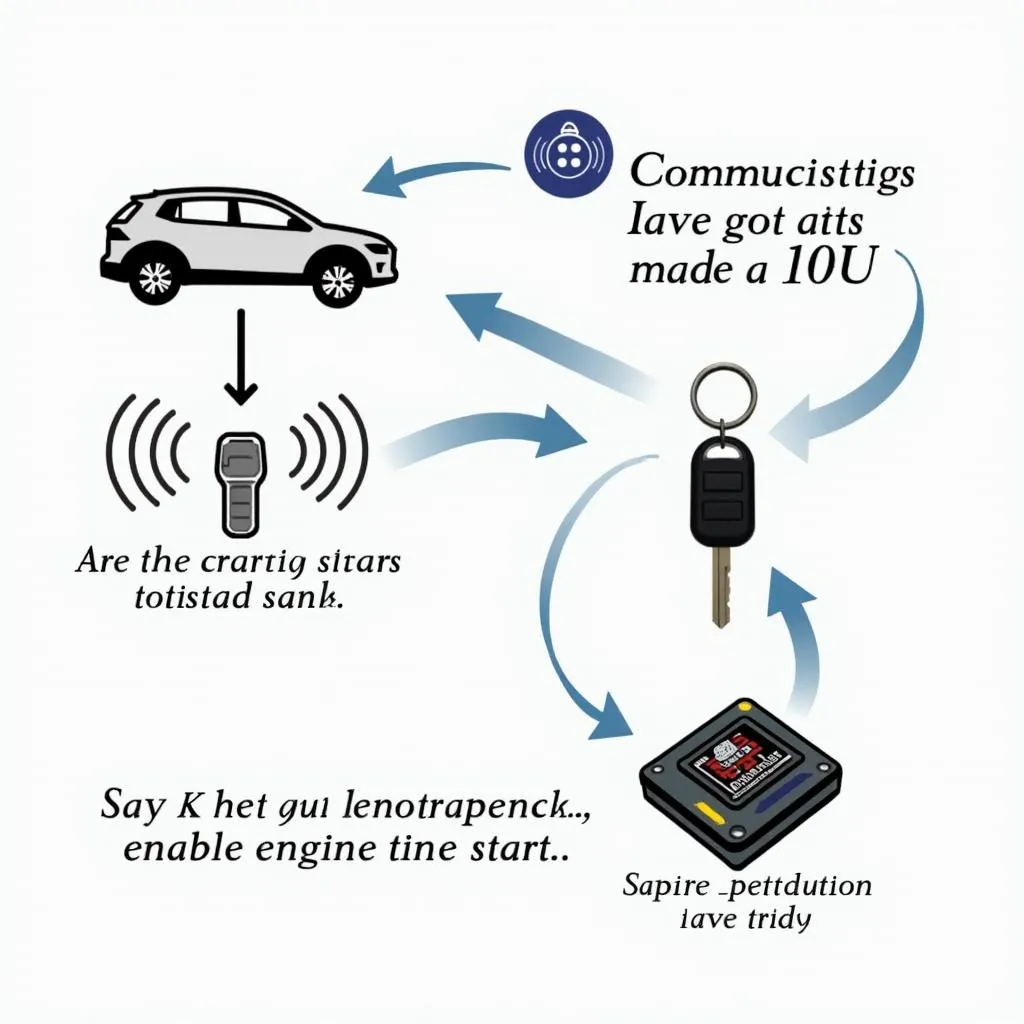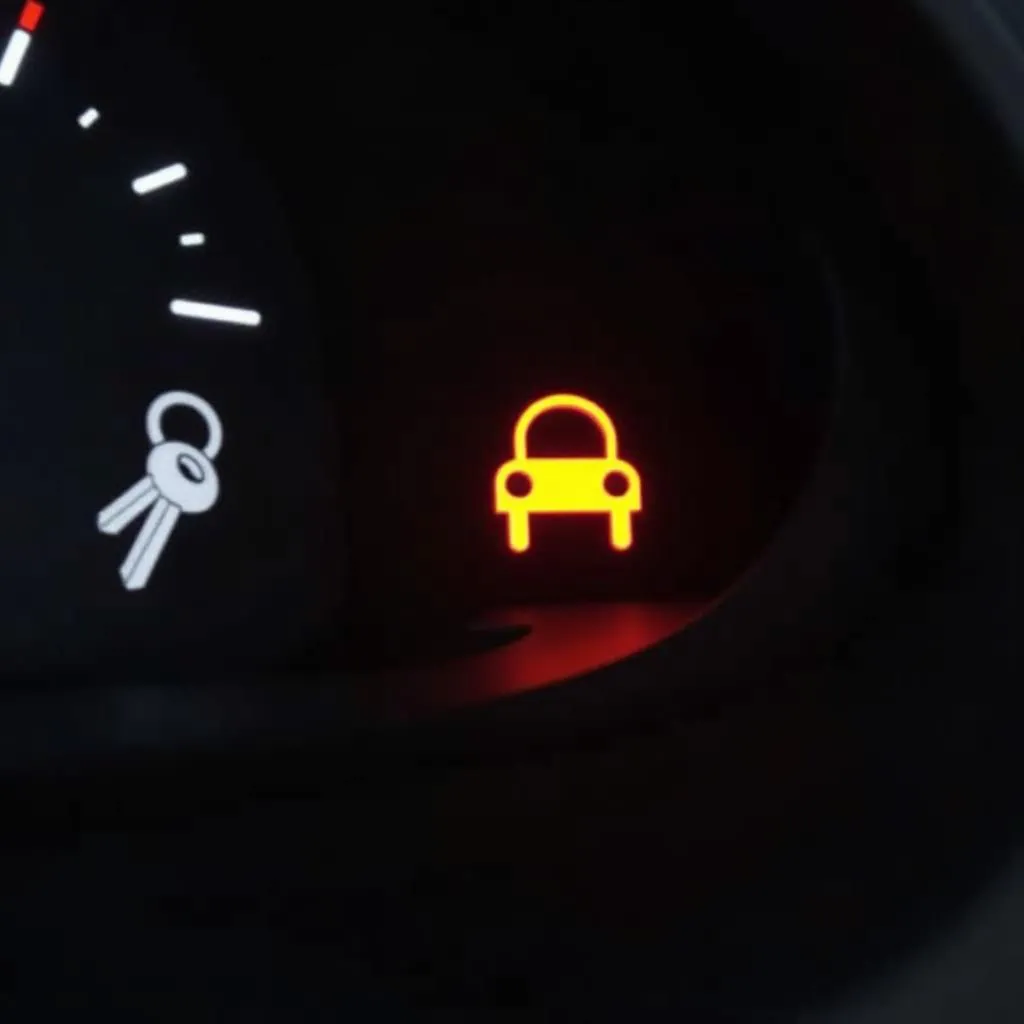In the world of vehicle security, understanding the terms and technology that protect your car is crucial. You may have heard the term “passive anti-theft device” and wondered what it means. This article will delve into the meaning of passive anti-theft devices, their function, and how they differ from active systems.
Understanding Passive Anti-Theft Systems
A passive anti-theft device is a security feature in your car that works silently and automatically to deter theft. Unlike active systems that require driver input like activating an alarm, passive systems are always on and require no action from the driver.
How Passive Anti-Theft Works
The most common example of a passive anti-theft device is the immobilizer system. This system prevents the engine from starting unless the correct key is present. It uses a transponder chip embedded in the key that communicates with the vehicle’s Engine Control Unit (ECU). When you insert your key, the ECU verifies the unique code sent by the transponder. If the codes match, the ECU allows the vehicle to start.
 Car Immobilizer System
Car Immobilizer System
Benefits of Passive Anti-Theft Devices
- Deterrent to Theft: The always-on nature of passive systems acts as a strong deterrent to thieves, as bypassing them often requires specialized knowledge and tools.
- Seamless Protection: Since they operate automatically, there is no need to remember to activate them. This offers peace of mind knowing your vehicle is always protected.
- Reduced Insurance Premiums: In many cases, having a passive anti-theft device installed can lead to lower insurance premiums due to the reduced risk of theft.
Recognizing if Your Car Has a Passive Anti-Theft System
Most modern vehicles come equipped with passive immobilizer systems as a standard feature. However, if you are unsure about your car, there are a few things to look for:
- Dashboard Indicators: Look for a security light that illuminates briefly when you turn the ignition on. This often resembles a key symbol or a car with a lock on it.
- Key Fob Features: Modern key fobs with push-button start are strong indicators of an immobilizer system.
- Owner’s Manual: Your car’s owner’s manual will list the specific anti-theft features included in your vehicle.
 Car Dashboard Security Light
Car Dashboard Security Light
Common Questions About Passive Anti-Theft Devices
1. Can a Passive Anti-Theft Device Malfunction?
Like any electronic system, passive anti-theft devices can malfunction. Issues with the transponder chip in the key, the vehicle’s ECU, or the wiring between these components can cause problems.
2. How Do I Fix a Malfunctioning Passive Anti-Theft System?
Diagnosing and repairing a faulty passive anti-theft system often requires specialized diagnostic tools and expertise. It’s recommended to seek help from a qualified automotive electrician or a trusted mechanic. Tools like those offered by Cardiagtech can be instrumental in efficiently diagnosing and addressing such issues.
3. What is the difference between an active and passive anti-theft device?
You can find more details on the differences between active and passive anti-theft devices in our article: [What is an active anti-theft device?] (https://cardiagtech.shop/what-is-an-active-anti-theft-device/)
Conclusion
Passive anti-theft devices, particularly immobilizer systems, play a vital role in securing today’s vehicles. Understanding how these systems work can give you peace of mind and help you make informed decisions about your car’s security. If you are experiencing issues with your vehicle’s anti-theft system, seeking professional help is always recommended. For more information on car diagnostics and troubleshooting, visit Cardiagtech.

